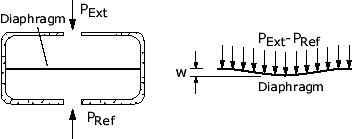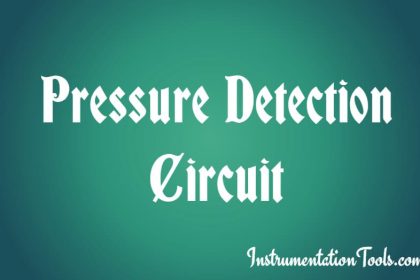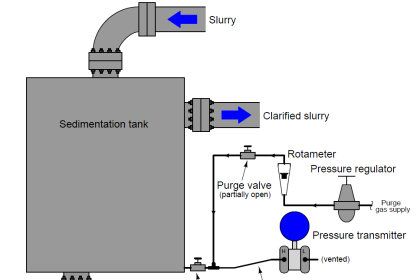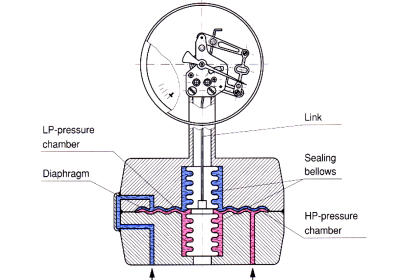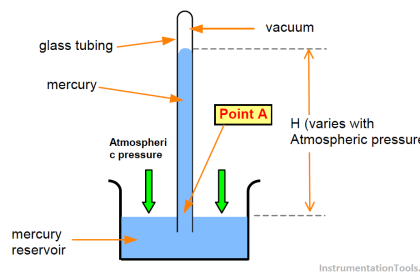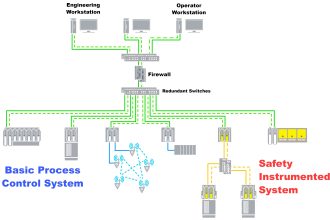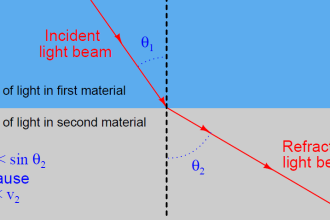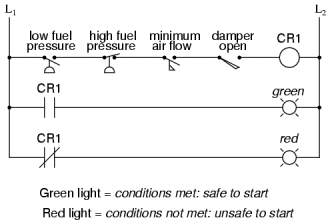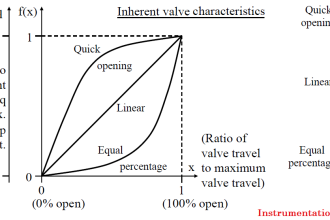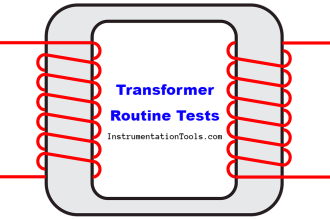The two-liquid manometer is used to measure very small pressures. This is because a very small applied pressure, will produce a large liquid movement.
The basic arrangement is shown in figure. The manometer consists of two wells, each of the same large cross sectional area, connected by a U-Tube of much smaller cross sectional area.
The U-Tube contains two liquids, one is more densed than the other.
The lower liquid, of density ρ2 is denser than the upper liquid, of density ρ1.
Points to note;
- The two liquids should be non-mixing and the interface should be clearly visible.
- The closer the densities of the liquids the more sensitive the manometer.
The scale is usually calibrated by the manufacturer in units of pressure, e.g. mmHg or Pascal, so that the pressure can be read directly from the device.

